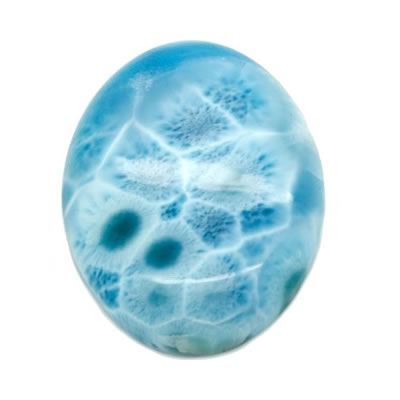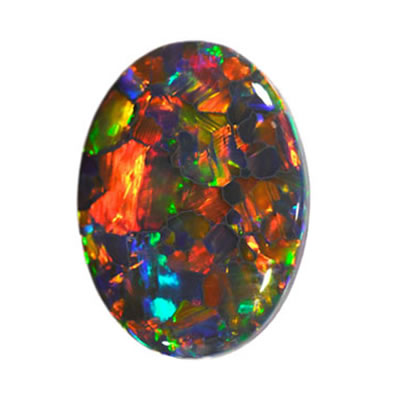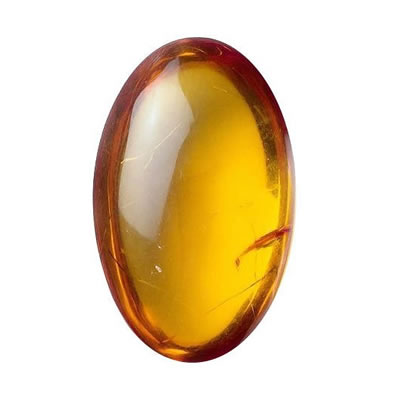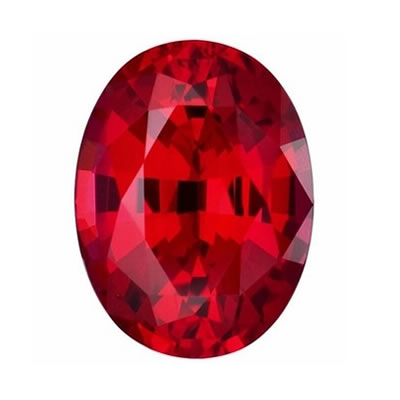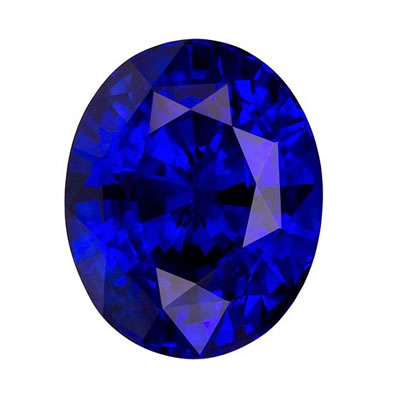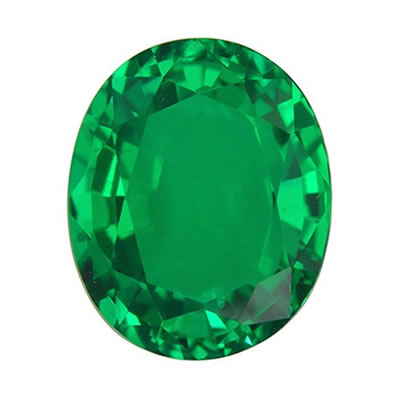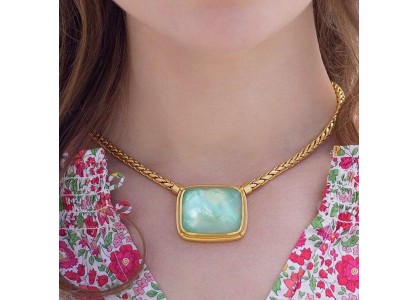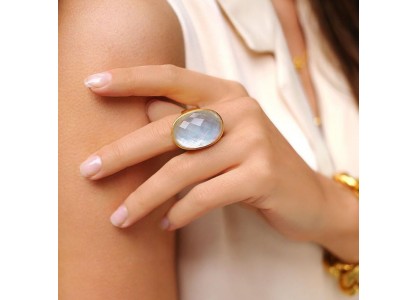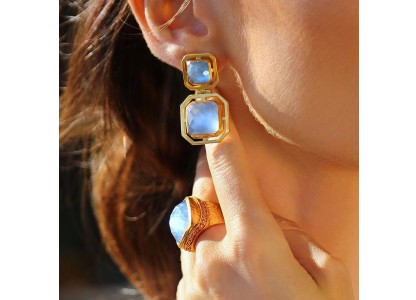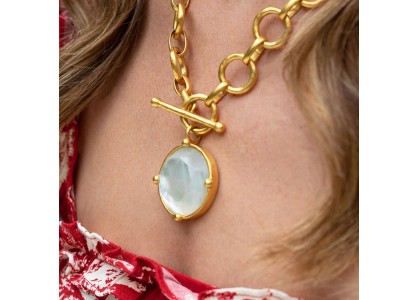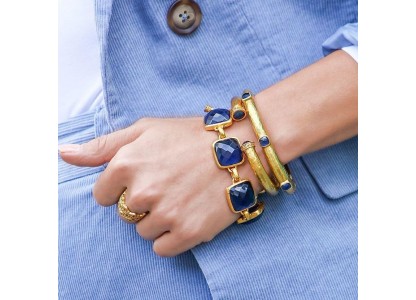Sunstone (sun sitara)

Znaki zodiEtymology and history
Sunstone, Sunsitara is nothing else than aventurine stone in different color. The name aventurine derives from the Italian "a ventura" meaning "by chance". This is an allusion to the lucky discovery of aventurine glass or goldstone at some point in the 18th century. Sometimes is called also sunstone. The term aventurine is derived also from the name of the ancient Greek town Aventor in Asia Minor
Sunstone description
Sunstone is typically a red-brown hue, with a metallic glitter which is caused by tiny platelets of hematite or goethite. The glitter is usually gold or red, but very occasionally green or blue. We have found both opaque and transparent/translucent specimens in the market. The opaque material is cut as cabochons while the transparent material can be faceted. Some of the cabochons will display a discernible star effect and are sold under the name Star Sunstone.Aventurine is a form of quartz. The most common color of aventurine is green, but it may also be orange, brown, yellow, blue, or gray. Chrome-bearing fuchsite (a variety of muscovite mica) is the classic inclusion, and gives a silvery green or blue sheen. Sunstone in jewelry Most material is carved into beads and figurines with only the finer examples fashioned into cabochons, later being set into jewelry. Jewelry made from sunstones is especially amazing. Beautiful rings, earrings, necklaces, bracelets and pendants will give you more than sunshine summer day.P Nept
Occurrence
Sun sitara is found in India, Chile, Spain, Russia, Brazil, Austria, and Tanzania. This mineral is often mistaken for amazonite or jade
Talk to Our Jewelry Experts
Monday to Friday from 9AM to 5PM EST

